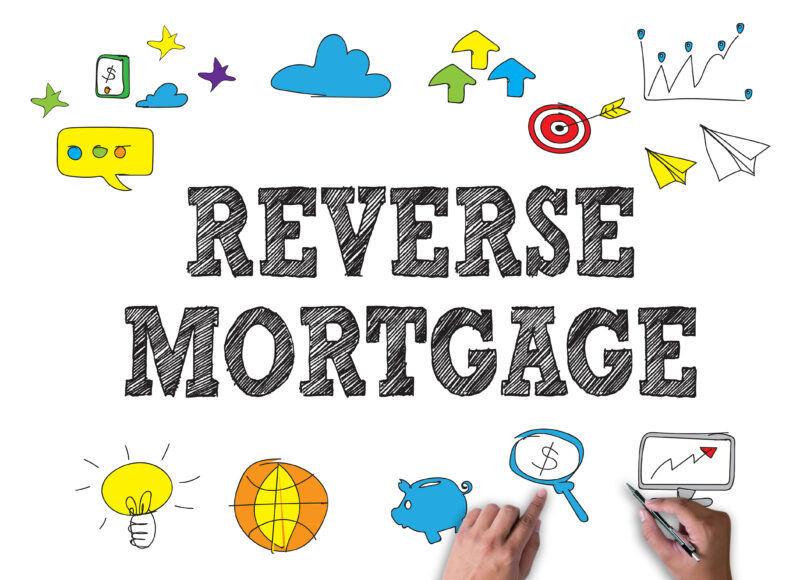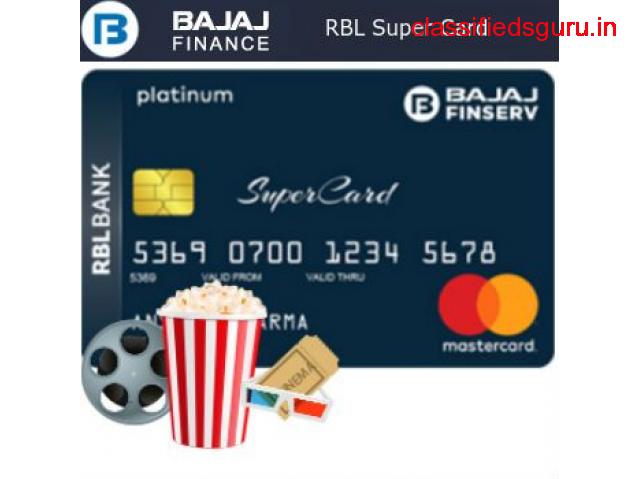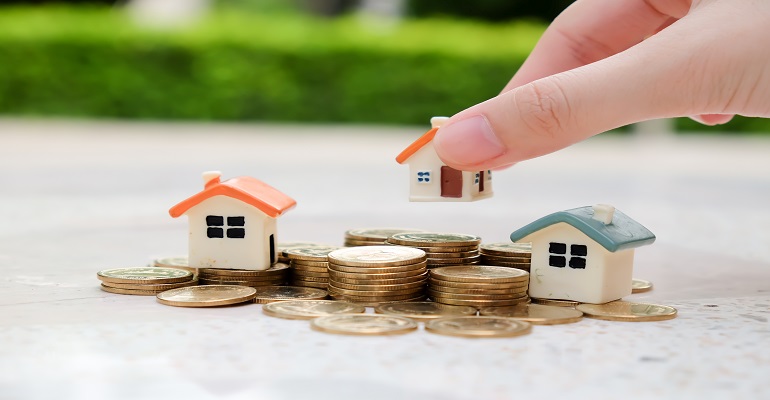The Indian financial market was introduced to the reverse mortgage loan (RML) in 2007, allowing pensioners older than 60 years of age secure a steady stream of income to pay for their daily expenses. It allows an individual to borrow from their home’s equity without paying any mortgage payments.
It is a great option for seniors who own a house; RMLs usually disburse 40% to 50% or a residential property’s market value, which can accumulate to a significant amount and compare with other feature-rich secured credits like a loan against property.
In the last few decades, life expectancy of an average Indian has increased significantly. Unfortunately, the cost of living, medical treatment, hospitalisation, etc. has also increased, putting excessive financial strain on the senior citizen community who do not have a steady source of income but require these facilities more frequently.
The reverse mortgage scheme provides a suitable platform to bridge this financial gap and help pensioners mitigate their financial shortcoming.
How Do Reverse Mortgage Loans Work?
These loans work in the opposite manner to a mortgage loan. It allows a borrower to receive a regular income from the lender against a mortgaged property. However, the borrower still holds all legal right to reside in that property until their death.
A reverse mortgage payment can be set according to a borrower’s convenience (i.e. monthly or quarterly). This is sometimes denoted as reverse EMIs as the amount stays the same over a predetermined tenor. Each payment decreases the equity, or the individual’s interest in that property, as the lender pays a portion of that unit’s price to its borrower.
When an individual applies for such a loan, the financial institution decides the value of the property by determining the current market price, demand, location, condition, age of the borrower, and many such criteria. Usually, the payable annuity increases with the age of the homeowner. It can reach as high as a loan to value ratio of 80% with an interest rate of 12%.
Borrowers can also benefit from the tax exemptions of this financial scheme. As per the provision of Section 10(43) of the Income Tax Act, 1961, any paid amount, whether disbursed periodically or as a lump sum, is fully exempted from taxes. These loans do not have any tax liability until the property is resold by the lender. It is a great method to save on taxes, similar to availing tax benefits on loan against property.
After the demise of the borrower, financial institutions usually offer two options to their legal heirs. Either they can settle the total outstanding amount and acquire ownership of the property. Or the lender will sell that property to settle their loan and pay any surplus amount to their heirs.
Reverse mortgage schemes are tailor-made for senior citizens, offering several benefits similar to mortgage credit schemes including the minimum fees and charges on loan against property. Financial institutions offer high-value Loans Against Property with attractive rates of interest and multiple customised repayment-friendly features.
They also provide pre-approved offers that make availing such credits hassle-free and time-saving. Such offers are valid on several financial products, including home loans, personal loans, business loans, etc. You can check your pre-approved offer by sharing only your name and phone number.
Guidelines for reverse mortgage in India
The Reserve Bank of India has set some strict norms for these types of transactions. Every financial institution has to abide by these given rules to offer its customers such services.
- The total amount of money offered by the lender to their customers is not to exceed 60% to 90% of the prevailing market value of the mortgaged property.
- Borrowers can choose to avail payments monthly, quarterly, or annually; however, the maximum payment should not exceed Rs. 50,000 every month.
- Borrowers can also avail a lump sum amount from the lender (only once during the scheme tenor) to meet any emergency medical situation for the borrower, their spouse, or any dependent. The total amount should not exceed 50% of the eligible amount or should not be more than Rs. 15,00,000.
- The total payment period should not be greater than 15 years.
- Lenders are to reassess the prevailing value of a property every 5 years to decide the viability of a mortgage.
- Lenders can introduce a fixed or floating rate of interest for the convenience of the owner of the mortgaged property.
The facility of a reverse mortgage is categorised as a welfare measure and not a conventional credit facility by the Government of India. Therefore, the sum received is considered as a loan instead of a source of income meant to specifically benefit senior individuals of the society.





